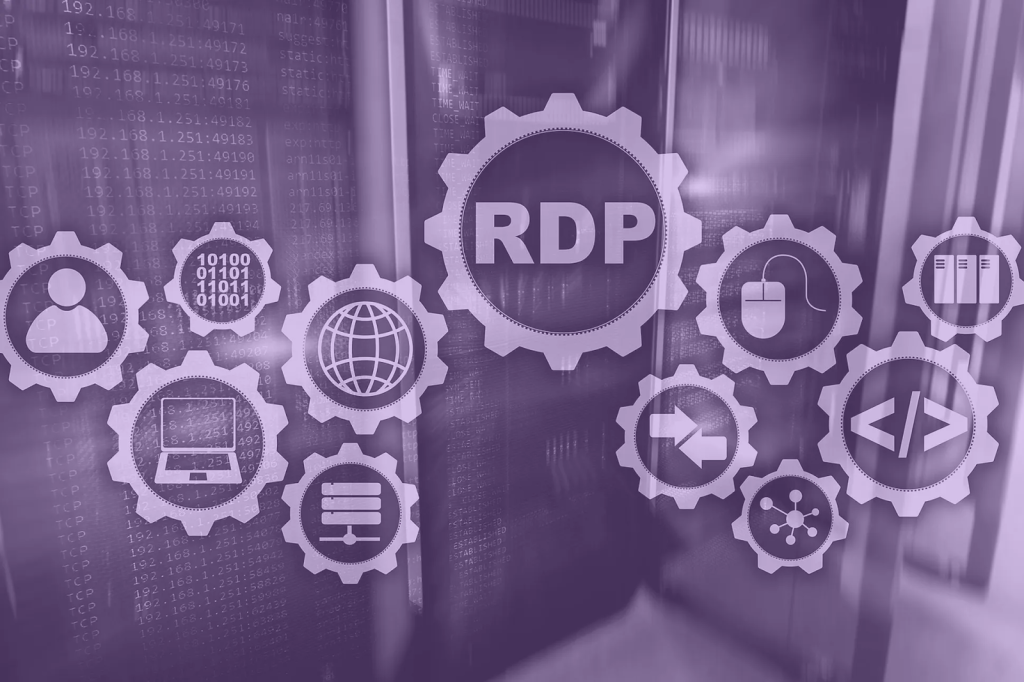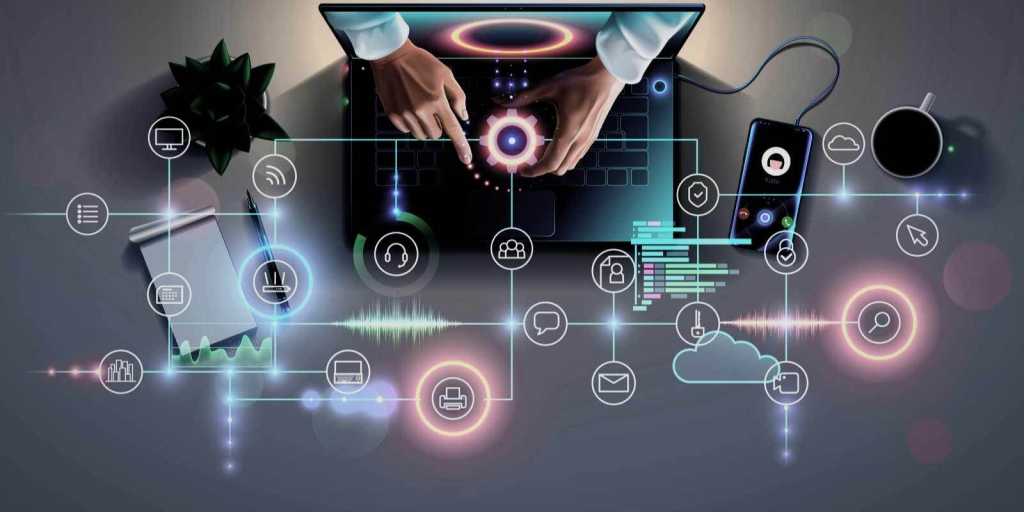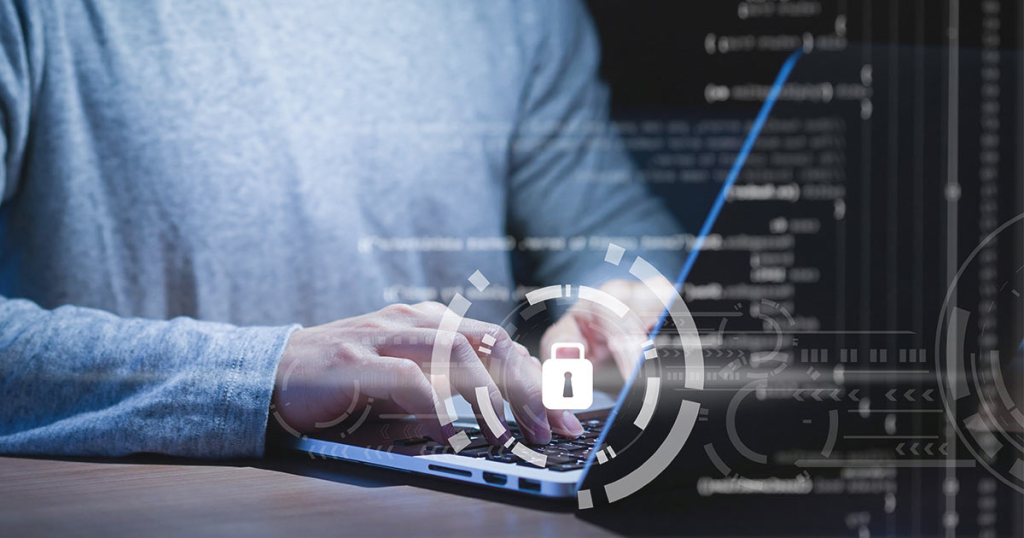
Remote work has become the new normal, especially after the pandemic. Several IT teams all over the world work together on different projects remotely. Therefore, remote work has become immensely popular as the workforce is not limited to one geographical location.
The remote working culture has helped companies and organizations reduce expenses in transportation and office. It has also benefitted the employees as it offers a convenient way of scheduling work. Now, more and more companies are expanding their capacity for remote work.
However, remote desktop access and RDP connections come with certain loopholes. Companies using RDP connections must take strict measures to prevent hackers and unauthorized users from accessing the connection.
What is RDP?
RDP stands for remote desktop protocol. RDP is a technology that gives an experience similar to working on a desktop. It involves using remote sound, printers, clipboards, and the transfer of files using high-resolution graphics for remote users.
RDP has experienced several versions. Every new version has new capabilities added to it, which makes it more reliable as a remote access protocol. Over this period, RDP has also suffered from several security issues.
The use of RDP extended with the advancement of cloud computing and distributed environments. However, it has faced several threats and breaches due to misuse resulting in cyber attacks.
Cybercriminals look for loopholes in RDP connections to launch cyber attacks. Organizations must use remote work strategies to ensure secure RDP connections. They must use secure technologies to avoid breaches.
Practices to secure RDP connections and prevent unauthorized access

Any Remote Desktop session takes the help of an encrypted channel and prevents anyone from getting access to the session. The earlier versions of RDP have faced vulnerabilities in encryption. Any vulnerability can give access to unauthorized people to the session.
1. Using strong passwords is a common way to secure RDP connections.
Use strong passwords on all accounts accessing the remote desktop. It is an essential step to follow before connecting to a remote desktop. Follow the guidelines to set a strong password that is not easy to guess. Hence, by doing so, you can feel safe that no third person can access the RDP connection.
A weak password is the most common loophole that can lead to unauthorized access. Organizations must enforce the use of strong password policies. These policies must include checking the length, number of characters, and complexity when users set their passwords.
Hence, the hackers may face difficulty guessing the password if it is complex.
Also, it is essential to have different passwords for various applications.
You may use a password manager for storing the passwords of different applications. Two reliable password managers are LastPass and 1Password, which use hashing and encryption to keep the passwords secure.
Passwords should not contain birthdays, names, or other personal information and must necessarily be a combination of upper and lower case alphanumeric characters.
2. Two-factor or Multi-factor authentication is another essential step users must take to secure RDP connections to prevent unauthorized access.
Users operating RDP connections must use two-factor authentication. It ensures that no unauthorized person can gain access to the connection.
Unprotected RDP connections invite ransomware attacks. Nowadays, security ensured by passwords is no longer safe and reliable. Hence, it has become crucial to add layers to ensure RDP security to prevent unauthorized access to RDP connections.
Two-factor authentication prevents breaches caused due to passwords and ensures security. It involves the verification of identities before anyone gets access to the RDP connection. Two-factor authentication requires the user to provide an additional token or OTP along with their credentials to confirm their identity making it relatively difficult for hackers to access your account. Hence, it becomes difficult for unauthorized users to access the RDP connection.
In addition to complex passwords, we recommend using multi-factor authentication. Even with the utmost care and caution, usernames and passwords can be compromised. Multi-factor authentication adds an extra layer of protection by requiring users to provide a security token, such as a password if their legitimate credentials are compromised. Codes are gained via notifications or biometrics, which is even better. FIDO-based authentication devices can provide an additional factor that, like another one-time password (OTP) mechanism, is less vulnerable to spoofing attacks and makes it difficult for unauthorized persons to access your computing device.
Plus, there are no extra costs for setting up any multi-factor authentications.
3. Mobile Device Management helps in establishing a secure RDP connection.
Solutions of Mobile Device Management help resolve the security issue of remote devices, resulting in a secure RDP connection. These solutions provide flexibility for remote devices irrespective of their geographic locations.
By using Mobile Device Management solutions, security is assured for remote devices. These solutions facilitate easy installation of updates, the configuration of applications, and monitoring and management of the security features of several portable devices. Using these solutions removes the risks involved in remote access procedures and enhances security.
4. VPNs offer internal security to the RDP.
VPNs are necessary when employees have to access applications and resources.
VPNs use encrypted tunnels to ensure secure communication and also help in scenarios when users use common WiFi to access resources. In companies providing remote work, all organizations use Virtual Private Networks to make sure that employees work efficiently and securely.
The efficiency of VPNs in preventing RDP breaches is undeniable. With the expansion of companies that offer remote work, this secure mechanism needs implementation in every office so that all employees can connect to the remote desktop and access the network securely.
5. Regular updates prevent data breaches in a remote system.
One benefit of remote desktops is that components get updated automatically, having the latest fixes. You must use the latest versions if you use RDP connections on other platforms.
Updating the software frequently is necessary. It is an essential factor that ensures that the system does not have any vulnerability or loophole that may threaten the security of the RDP connection.
Cybercriminals are always looking for security loopholes and vulnerabilities so that they can get an opportunity to steal crucial data.
Never ignore the updates and security patches. It may lead to long-lasting impacts on the security and integrity of the data.
Updates and patches on time assure security but also enhance the performance of the software and the system.
6. Conduct risk assessments to ensure secure RDP connections and prevent unauthorized access.
An effective way to implement secure RDP connections is by conducting a risk assessment. The risk assessment activities help identify the vulnerabilities of a system that may lead to security breaches during RDP connections.
Moreover, remote services and work records help you focus on essential aspects of a remote environment, such as credentials for VPN logins, user permissions, etc.
A well-documented report makes it easy to understand if any user activity is suspicious and helps identify anomalies in the network. You can accordingly plan and makes strategies to protect your remote system from unauthorized users.
7. Limit Domain account access.
Accounts in the Domain Admins group have total control over the domain by default because they are part of the Administrators group on all domain controllers, domain workstations, and domain member servers.
If the domain admin account credentials were obtained from the RDP server, the attacker could easily access and gain complete control over the entire domain.
You should decrease the number of domain administrators in your organization. Through these accounts, you should be able to access RDP servers or other externally exposed systems to prevent accidental exposure of your credentials.
In general, you should use the least privilege administrative model. Microsoft offers guidance regarding it that includes how best to use domain administrator accounts.
8. Improve Encryption Standards.
The encryption levels which standard RDP support, are Low, Client Compatible, High, and FIPS Compliant. This configuration gets performed on the Remote Desktop server. It can get further improved once enhanced RDP security is used. Implementation of encryption and server authentication is done with the help of an external security protocol while using Advanced RDP Security. A primary benefit of enhanced RDP security is the ability to use the Network Level Authentication (NLA), while the external security protocol being used is CredSSP.
Certificate management has always been complicated, but Microsoft offers it using Active Directory Certificate Services (ADCS). If available, the certificates can be pushed with the help of a Group Policy Object (GPO). The certificate must be imported within incompatible operating system environments using the web interface .
9. Use Identity and Access Management tools.
Identity and access management solutions manage user privileges, permissions, and access rights. Identity and access management helps in a demanding business environment. It ensures the appropriate and desired level of access control for all company resources. For example, a senior executive can use a secure board portal to store multiple documents and reports in one place for her. IAM plays a fundamental role in achieving these security goals by enabling strict regulation of access and control over applications, networks, and systems. In today’s threat landscape, advanced security standards and current remote policies are two main factors that can help companies improve their security outlook and meet compliance requirements.
10. Enable restricted admin mode for enhanced Remote Desktop Protocol security.
When you connect to a remote computer over RDP, your credentials get stored on that computer and can be passed along by other system users, such as malicious attackers. Microsoft has introduced a restricted admin mode, which does not allow the RDP server to store the user’s credentials. The server now considers “network” logins and uses Kerberos tickets for authentication.
We recommend that you evaluate the merits and demerits of it before enabling it in the environment.
On the downside, using a network login increases the chance of reusing credential attacks, also known as “pass the hash,” against the RDP server. It is possible internally through the exposed ports, so exposure may not increase much.
However, if you include this option on an Internet server where other ports may be connected to the Internet, an extension of “pass the hash” is done to the Internet.
Given the advantages and disadvantages, overlooking internal escalation of privileges is often a priority, enabling Restricted Admin Mode. Microsoft TechNet explains how to configure and use Restricted Mode.
Practices for additional security of Remote Desktop Protocol

1) Do not provide direct RDP (Remote Desktop Protocol) access to off-campus users and servers.
Having RDP connections open to off-campus users and clients can be disastrous. It can be a reason for malicious attacks.
2) Using RDP gateways is recommended.
An RDP gateway offers a way to restrict access to Remote Desktop ports but allows RDP connections with the help of a gateway server.
When a remote desktop gateway server is used, all remote desktop services are restricted to allow access only from the gateway, which listens for requests and connects users to the remote desktop service.
3) Changing the listening port of the remote desktop may reduce unauthorized access.
This step will keep the remote desktop hidden from hackers who are on the look for computers listening using the default Remote Desktop port. It ensures security, but it is not an effective solution.
4) Use antivirus and malware software.
The antivirus and malware software use an additional layer of RDP protection for the system as they identify viruses and malicious files.
Final words
However, users need proper security training and knowledge about the various Remote Desktop Protocol security measures. It is essential to spread awareness as hackers often use social engineering tools to monitor users’ activities. To secure RDP connections and prevent unauthorized access, users and organizations must know the strategies hackers use to detect loopholes in the connection. Therefore, implementing enhanced security features in remote desktops is necessary for ensuring secure RDP connections. They must follow the practices for RDP connections mentioned above for this purpose. They will help prevent unauthorized access.
